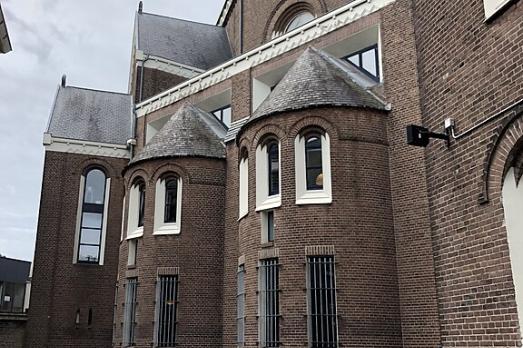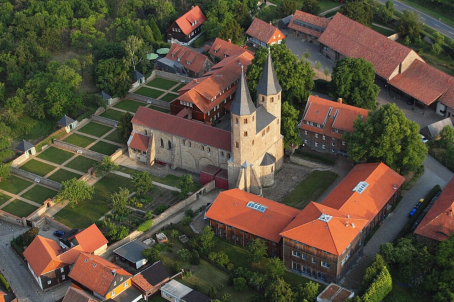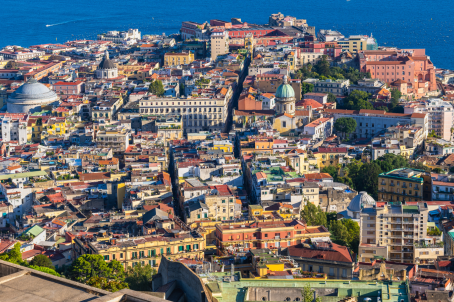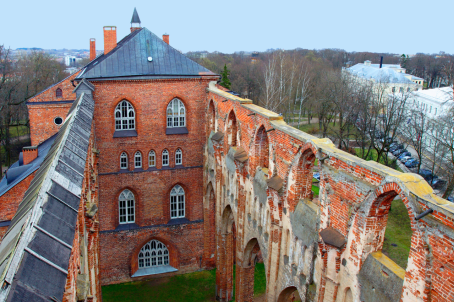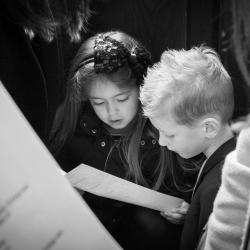
Heilige Georgius
Amersfoort, NL
Hall church in Amsterdam School style, with parabolic entrance, expressive brickwork and detailing of the clock. Based on a design (1927) by the Amersfoort architect Willem van Gent. Beautiful interior with oak communion bench (1693) and paintings by Hendrick Bloemaert. These works of art came from the predecessor of this church, a clandestine church from 1692.
